Weave
A web3 e-commerce app, shop phygital fashion in one click
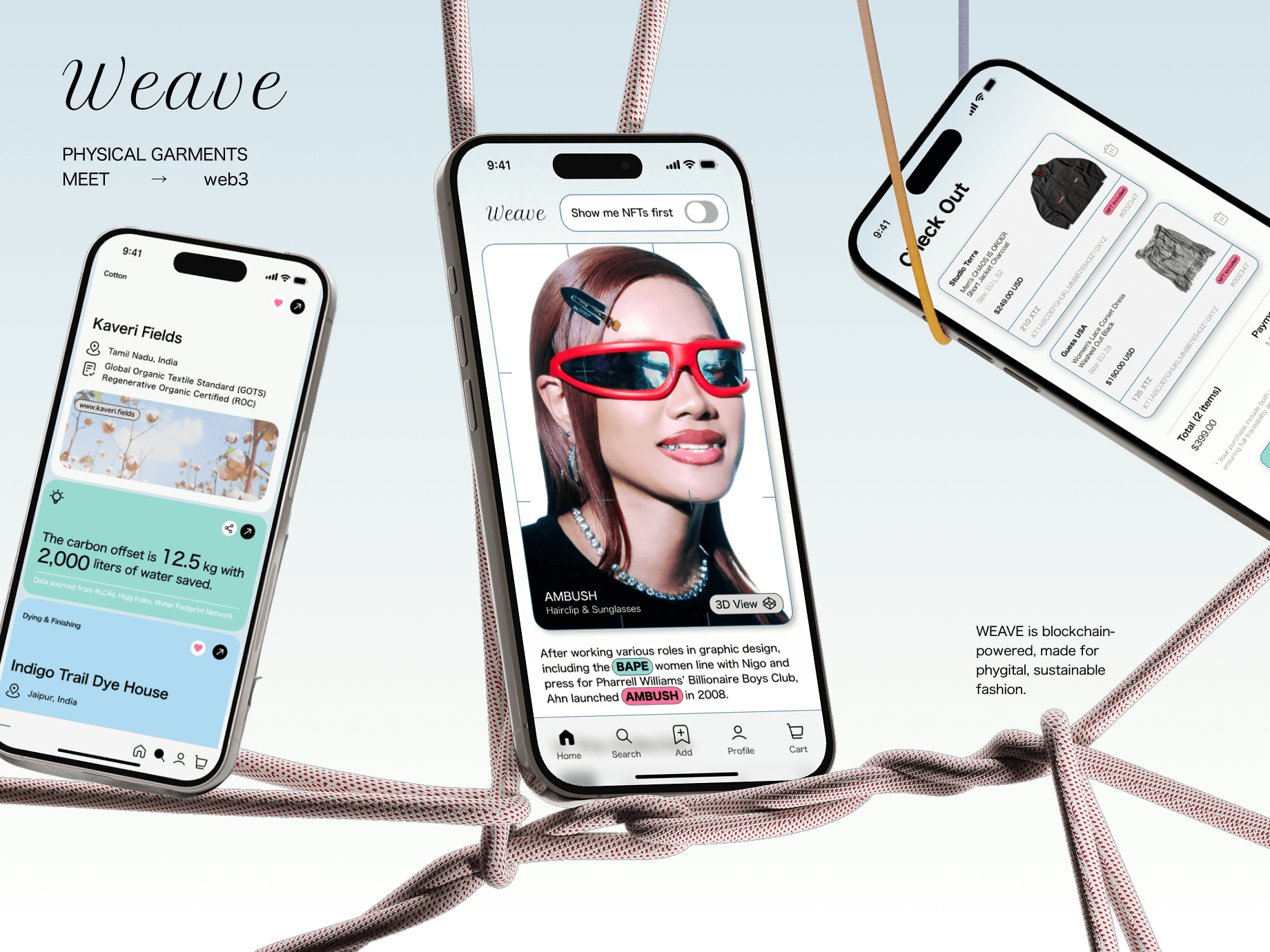
Overview
WEAVE is a Web3 e-commerce app where users can purchase physical garments and their NFT counterparts together. As product designer, I built a unified UI system, designed the social sharing flow, and integrated blockchain-based sustainability tracking into the user journey and created data visualizations to surface environmental impact.
Client
WEAVE
My Role
Product Designer
Platform
iOS
Year
2022-2023
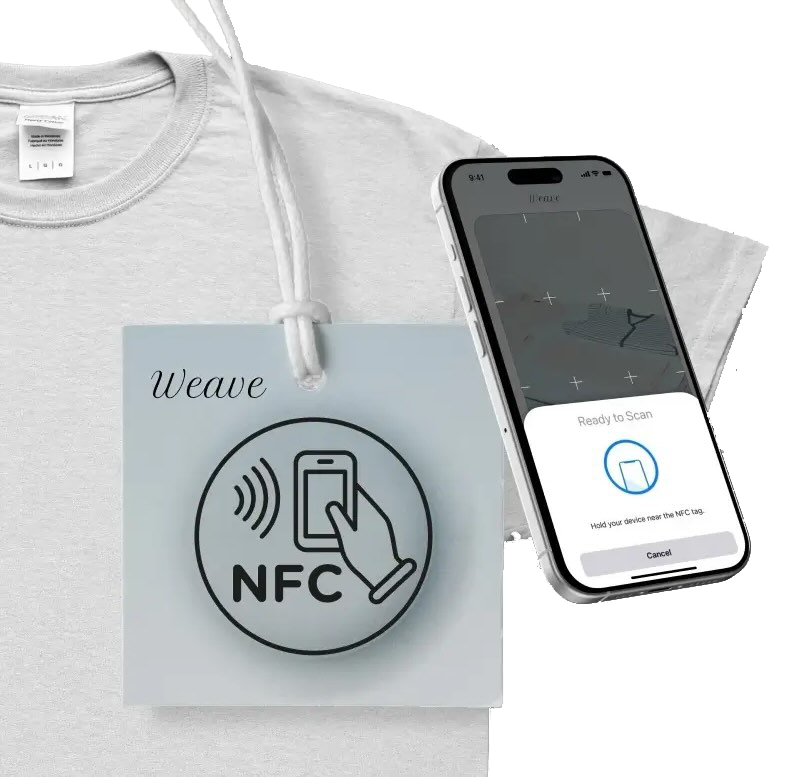
Although 65% of consumers say they want to buy from sustainable brands, only 26% follow through, leaving a vast intention–action gap.
In fashion, this gap hides a staggering 92 million tons of annual textile waste, damage most shoppers never see.
Design Challenge
Design a way to weave sustainability data seamlessly into the shopping flow without slowing users down.
Competitive Analysis
Blockchain & E-commerce
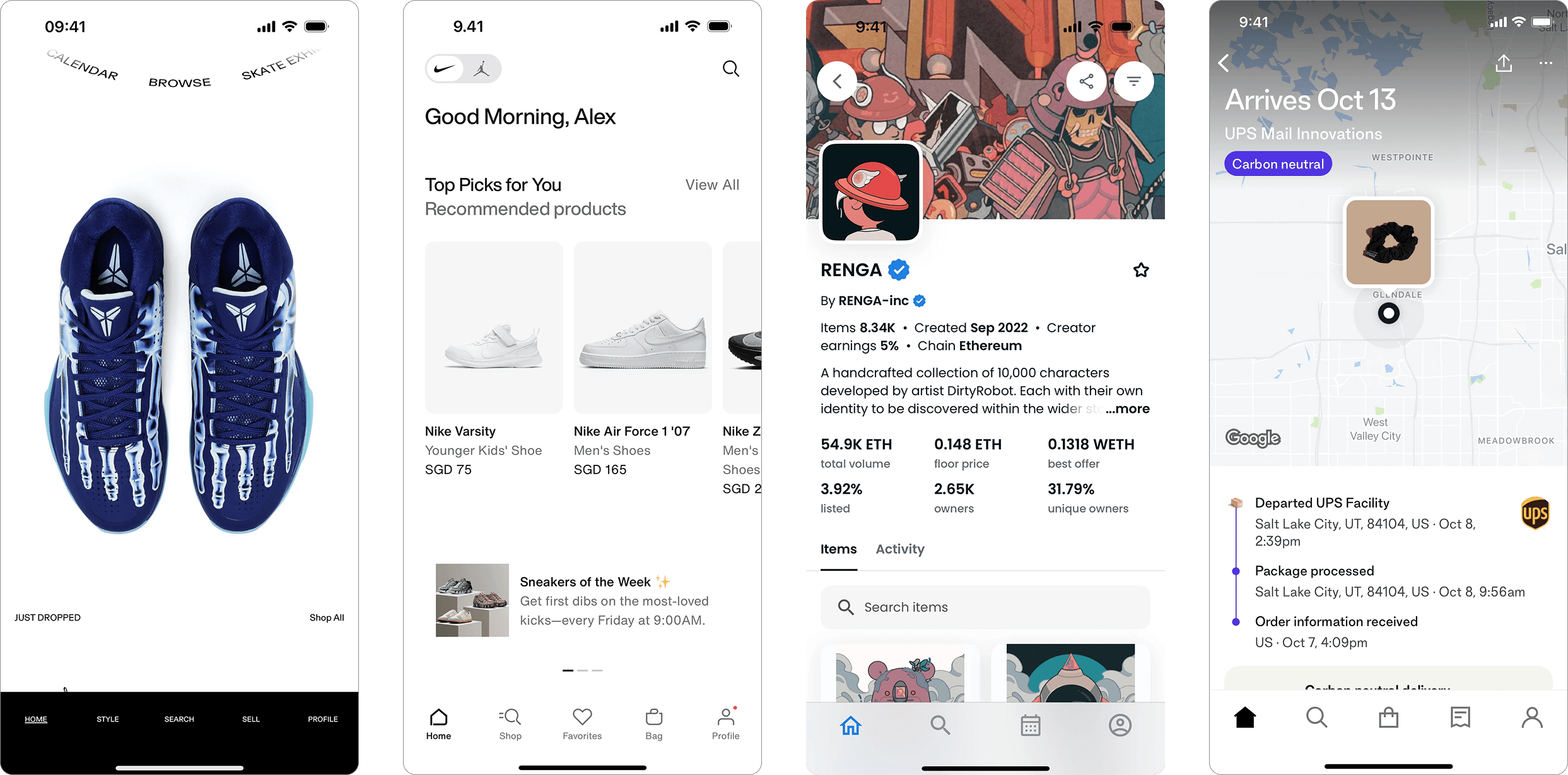
An audit of supply chain tracking, web3, and e-commerce apps revealed an opportunity to transform raw supply chain data into a social-driven shopping experience, WEAVE's core differentiator.
UX Research
14
12
100+
What would convince users to switch platforms? What builds credibility, curiosity, and conversion in a crowded, trend-sensitive market? To answer these questions, we conducted in-person interviews, hosted brand engagement sessions, ran surveys, and mapped user journeys.
Numbers won't win me over. Zara has done that too many times with their carbon-offset. Give me something I should care about.
— Anonymous shopperI've yet to find a place where I can shop both physical AND digital fashion at the same time.
— Hannah, Fashion designerOur research surfaced a few consistent themes. Users are skeptical of vague sustainability claims, and social media and brand signaling played a big role in conversion. We then zeroed in on our User Persona.

Design Objectives
Integration

Connect physical products and NFTs in one flow—no tab-switching, just tap-and-shop.
Simplification

Synthesize and layer information—hide jargons, easier check-out..
Participation

Let users explore the supply chain as a instagram-worthy story—flippable, stackable, shareable.
Wireframe: Tackling Phygital Integration
The core flow guides new users to register, browse, and buy physical garment AND digital NFTs in one seamless experience.
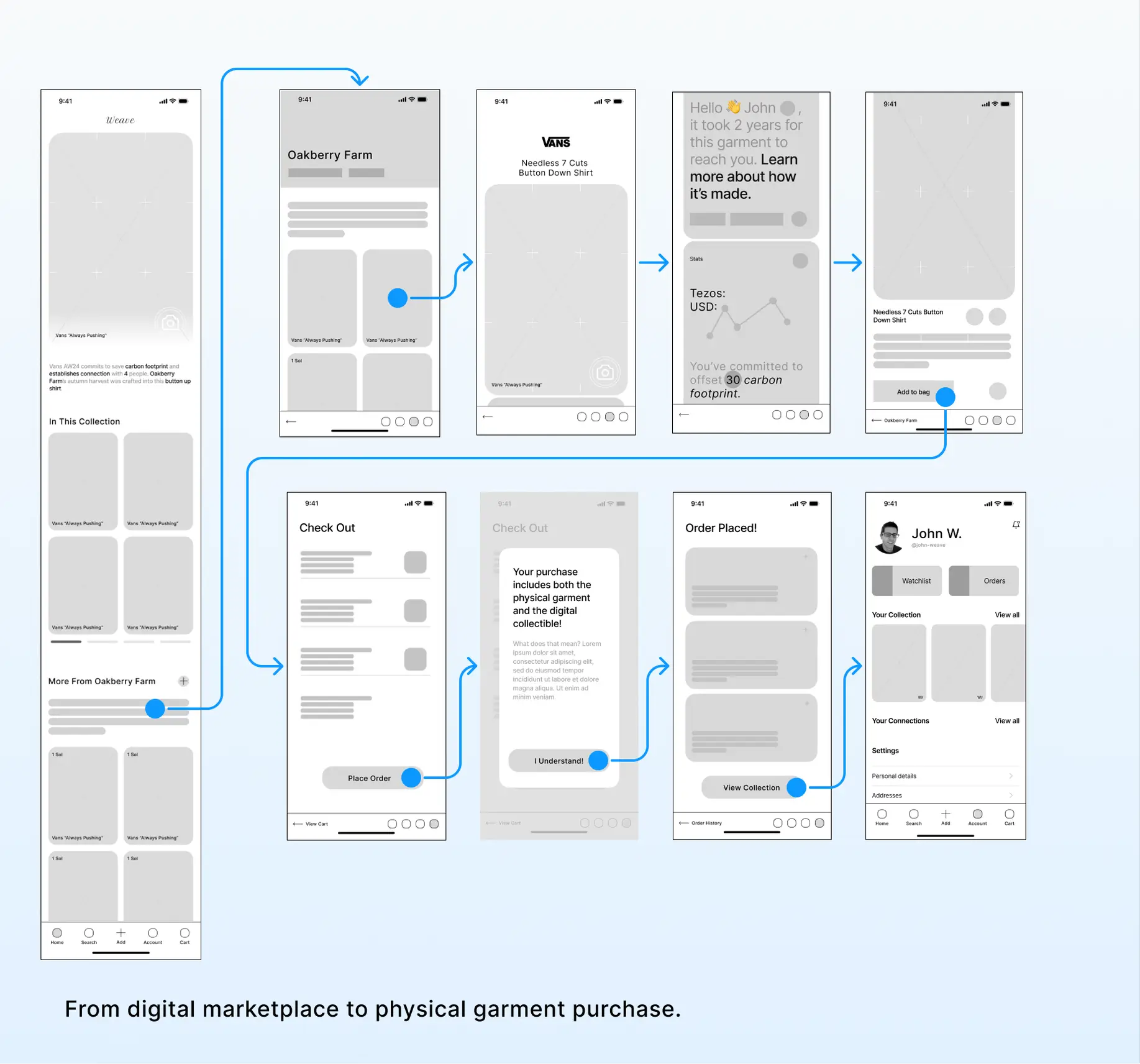
A secondary flow exists when a user already owns a physical garment and wants to access its NFT twin through the app.
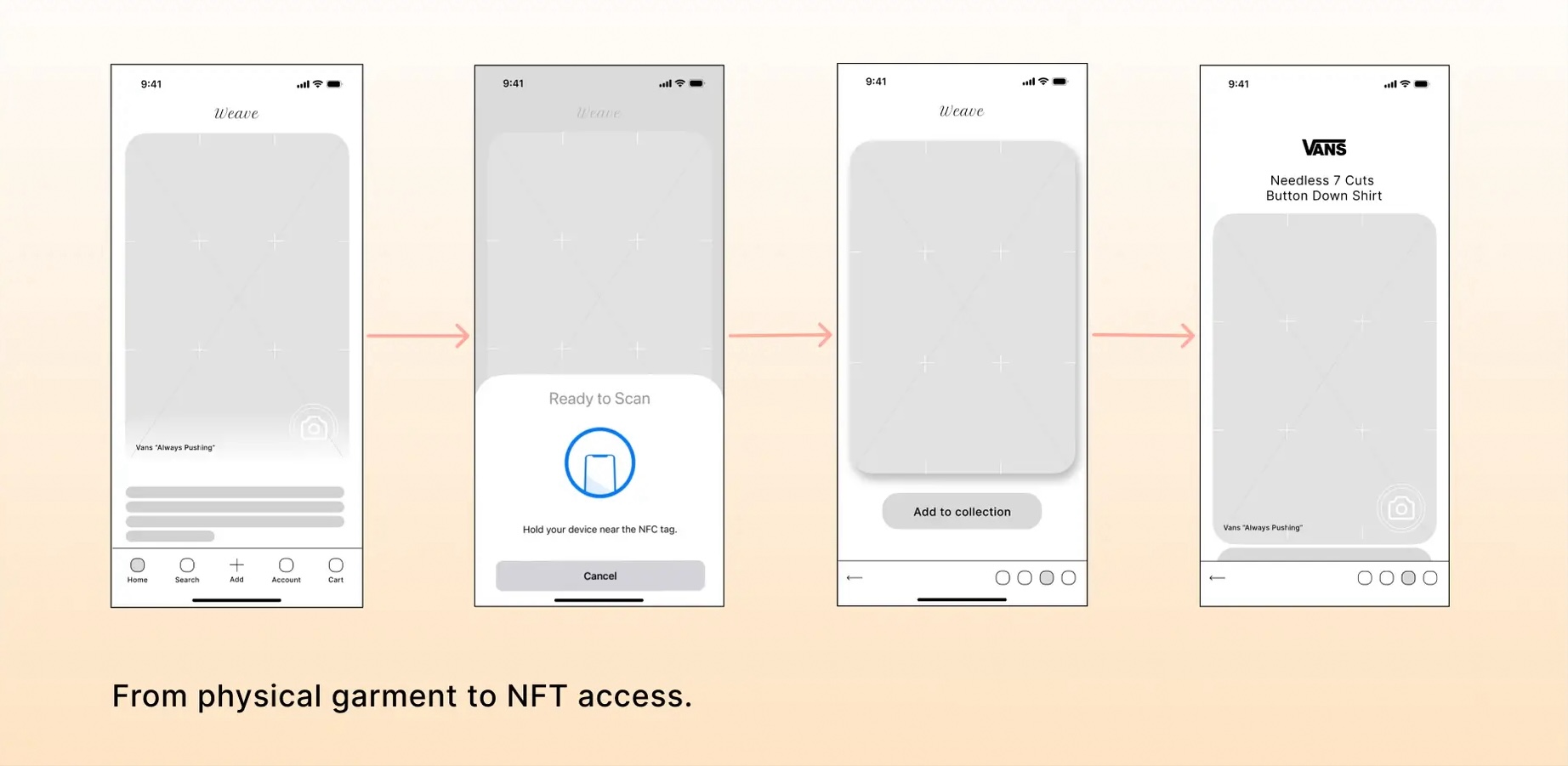
User Testing
Testing and discussions of early models led to some key design changes.
I. Information for Depth, Not Overload
The full supply chain breakdown appeared upfront, overwhelming users who primarily came to shop. I created a dynamic card-stacking UI that shows a clear, high-level summary before checkout.
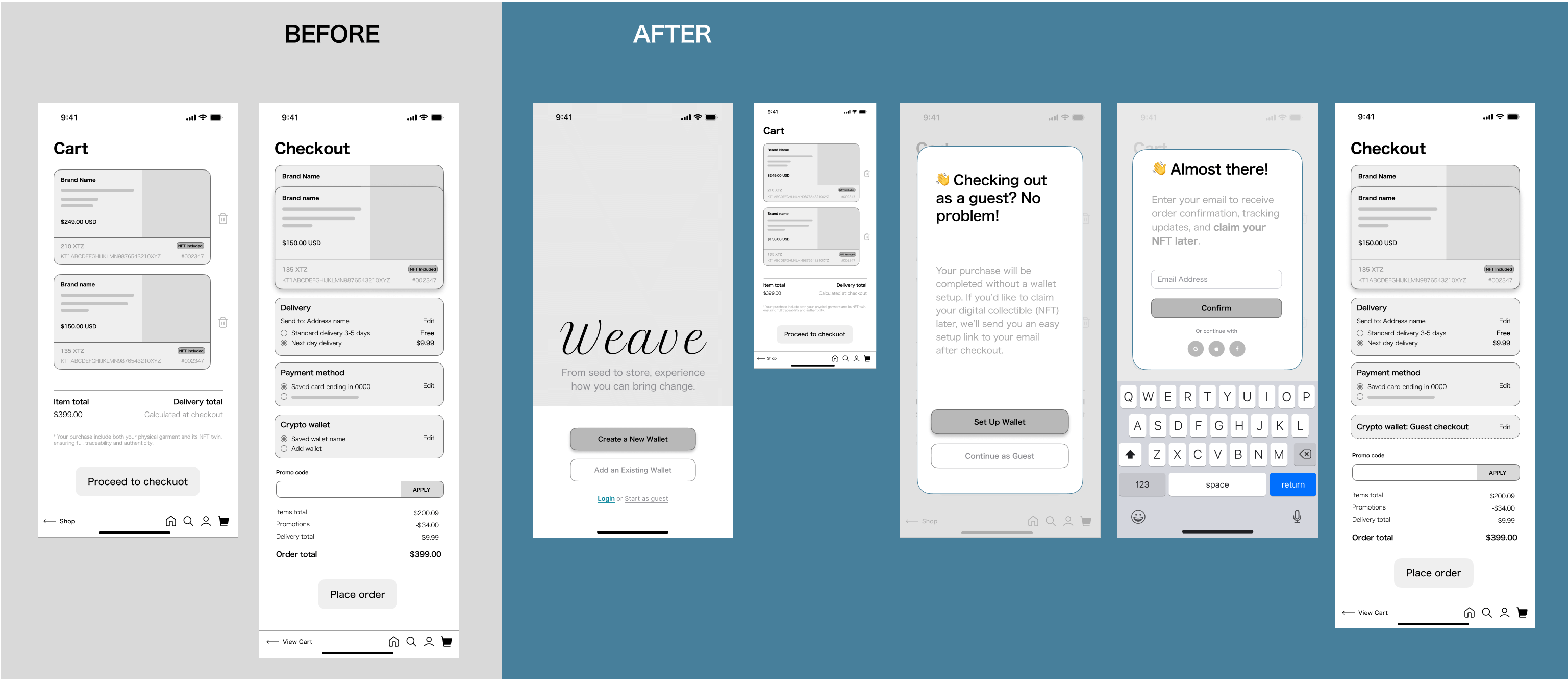
II. Integrated Checkout
Problem
Wallet setup was mandatory before checkout, leading to drop-offs.
Solution
Introduced guest checkout with auto-wallet creation by email. Wallet setup is deferred to post-purchase.
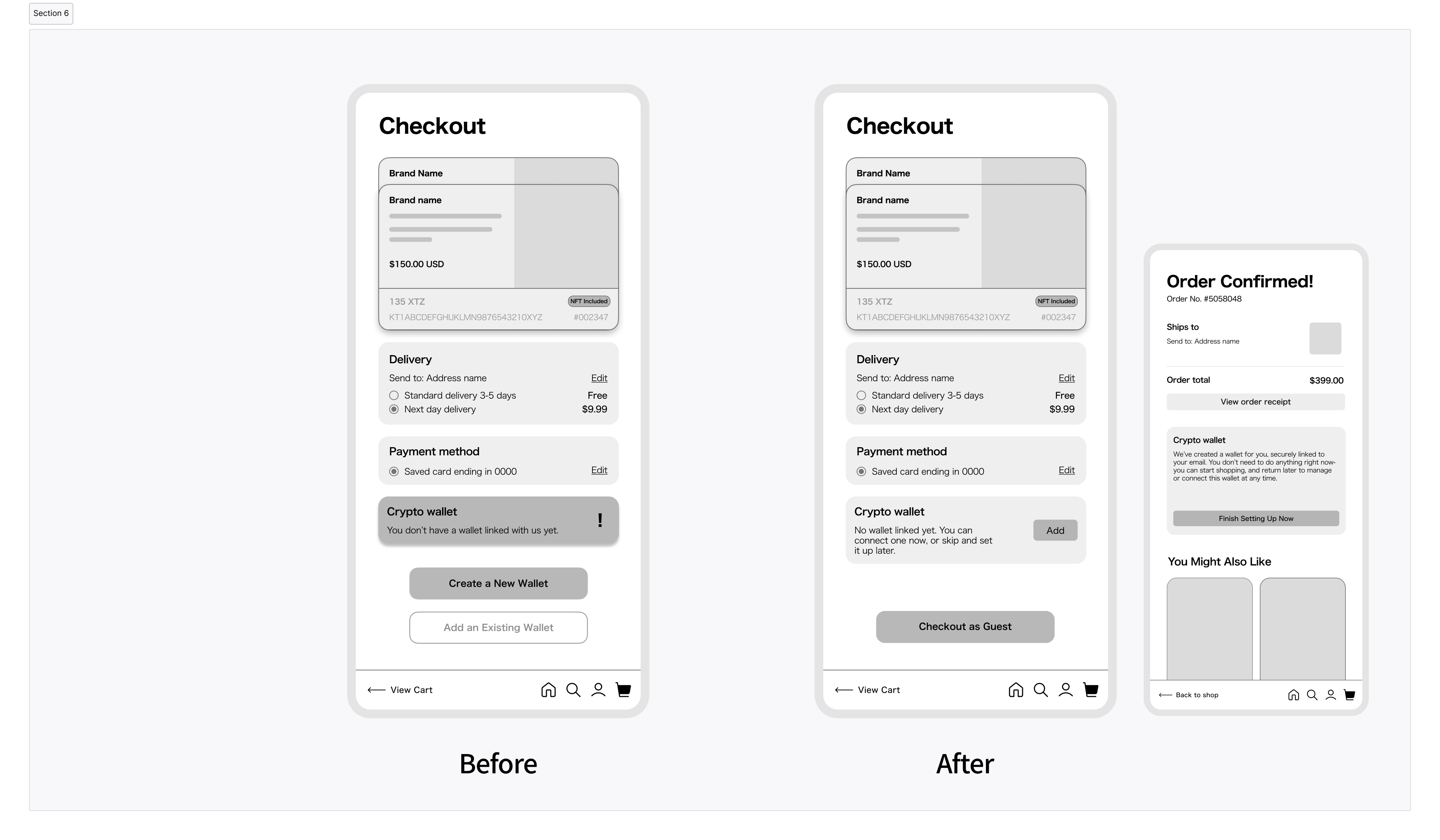
Kicking it up to high fidelity
I started shaping WEAVE's visual design by gathering references, research, and inspiration to define its brand identity.
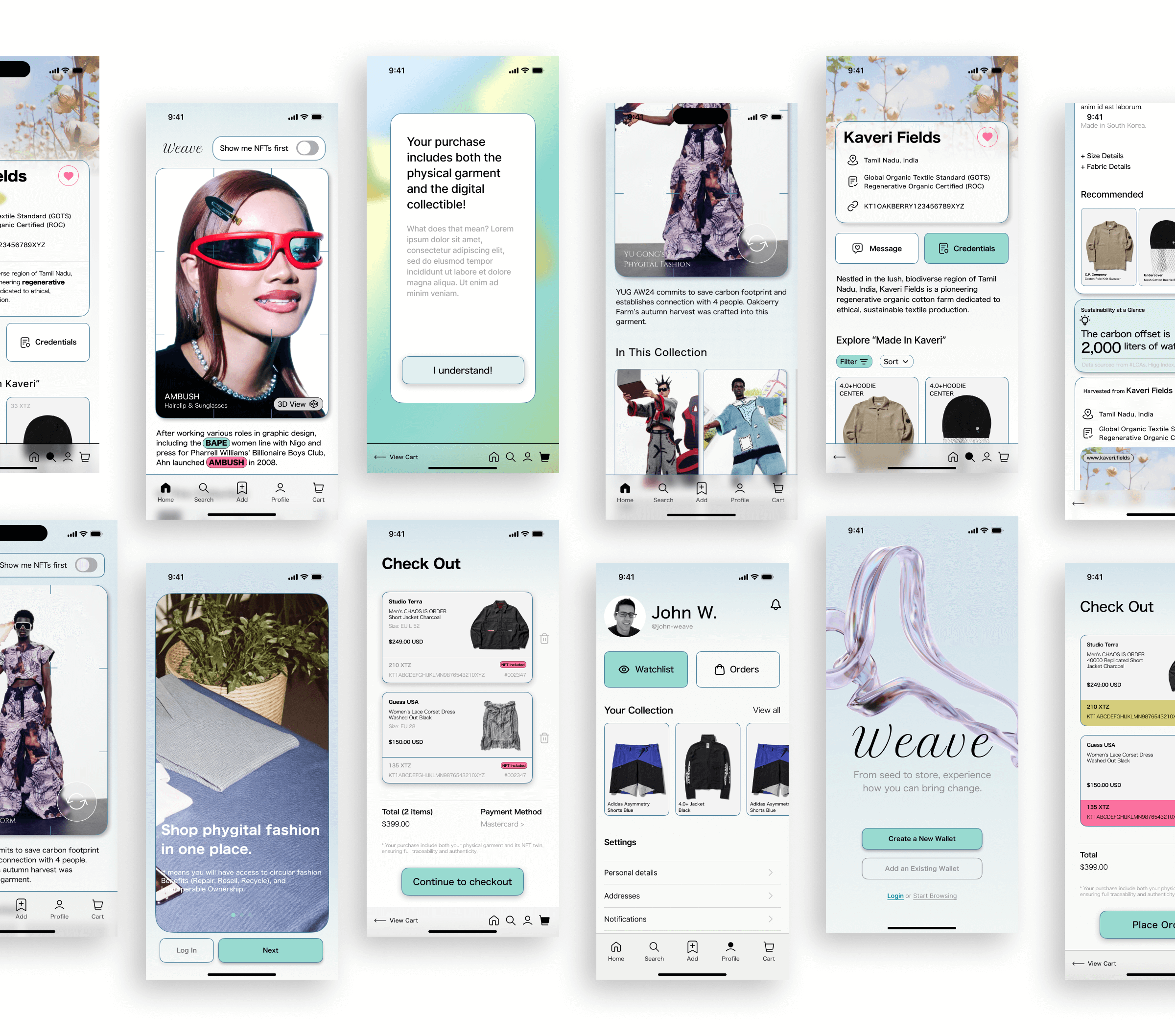
Each step in the garment history and each stakeholder in the supplychain is brokendown into digestable, sharable pieces. Meeting the needs of social-native users.
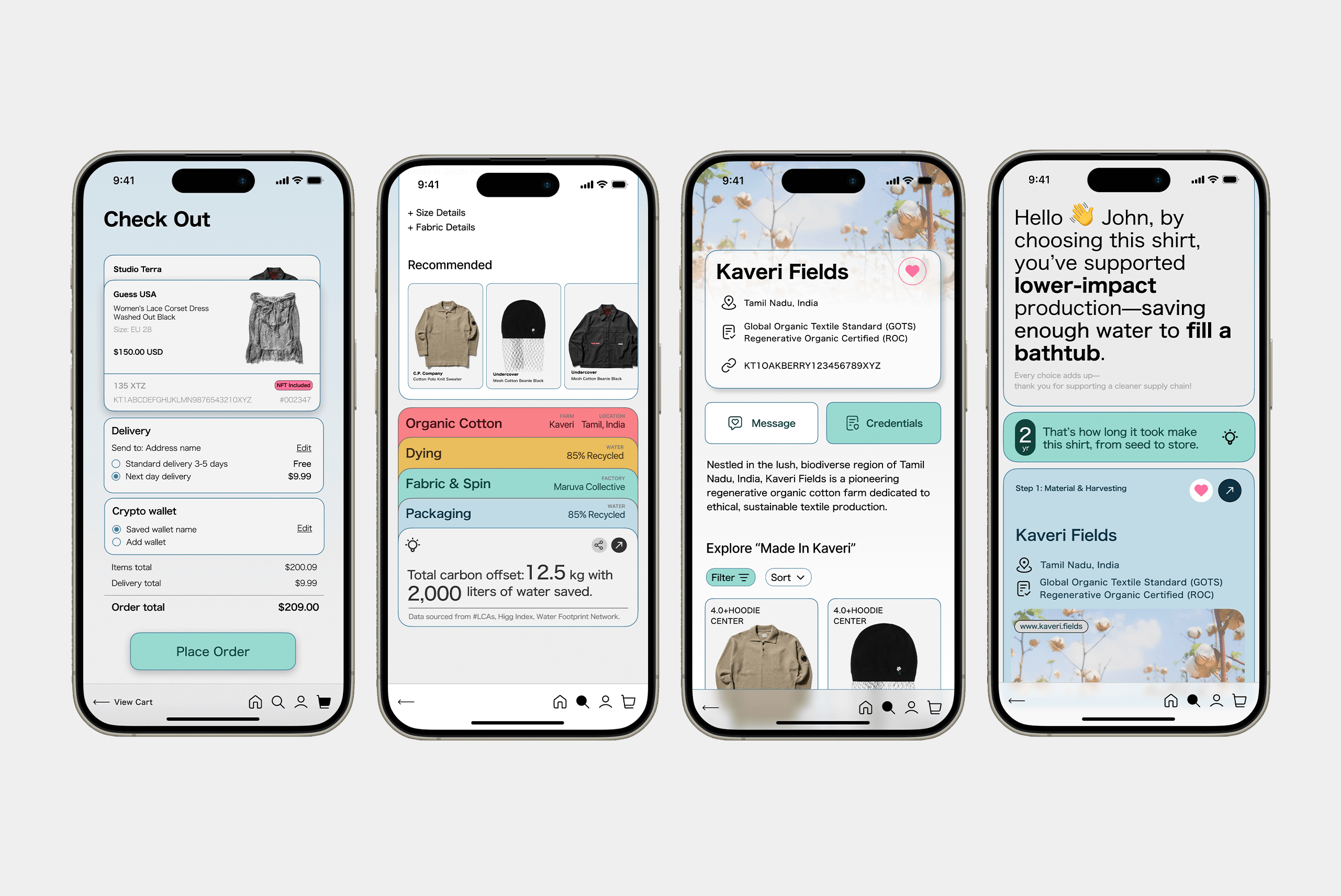
checkout flow

Stack, Scroll, Expand
Key details upfront, deeper data on flip. Users explore at their own pace.
Dynamic card stack to decluster and store information.
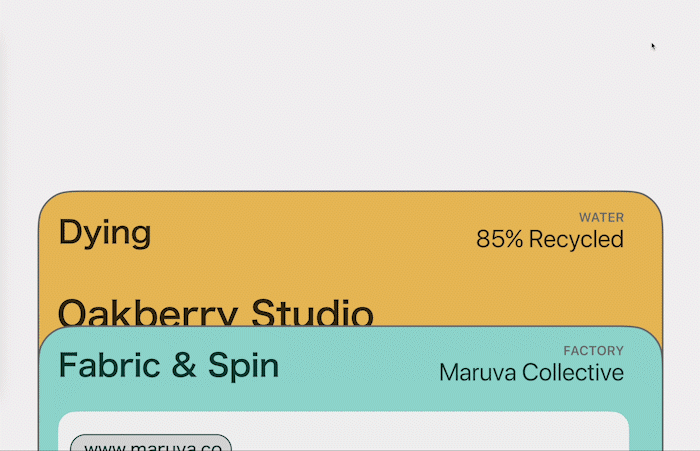
A concept demo to showcase the physical to digital "stacking" behind the choice of card deck UI.
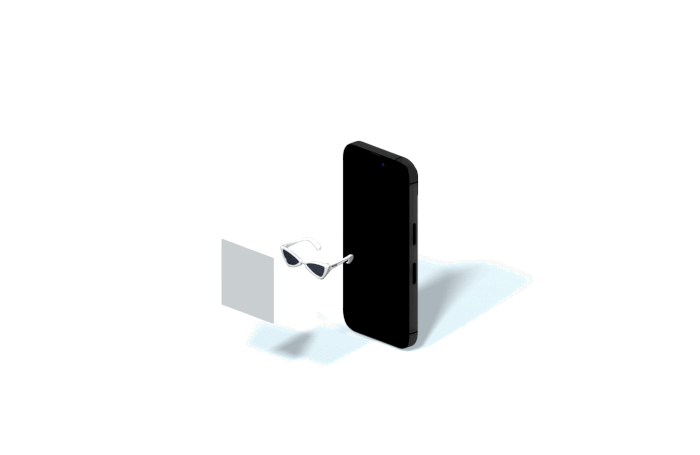
Launch & Outcomes
5.8%
20%+
27%
WEAVE launched a private TestFlight beta with ~150 targeted users. The mix of interactive product storytelling and simplified checkout drove faster purchase decisions; 22% of users shared a product story, comment, or review within 30 days, showing strong early engagement.
While the closed beta achieved above-average engagement and conversion, the public launch was paused due to funding constraints. The design insights continue to inform related projects and future opportunities.